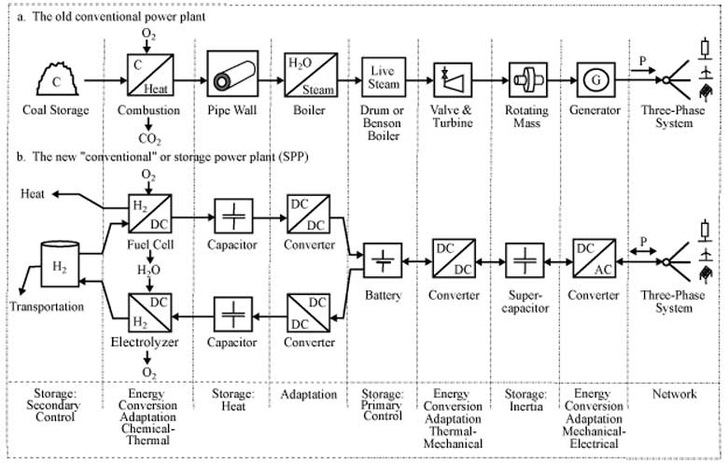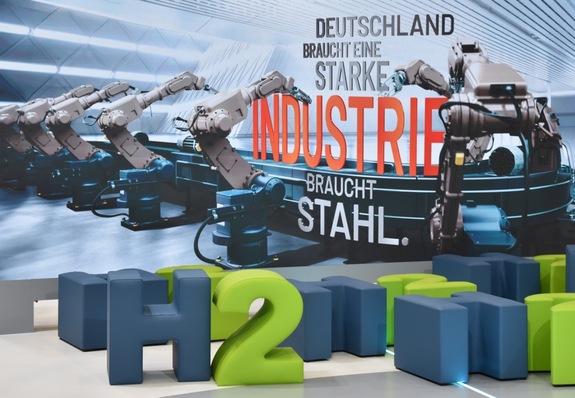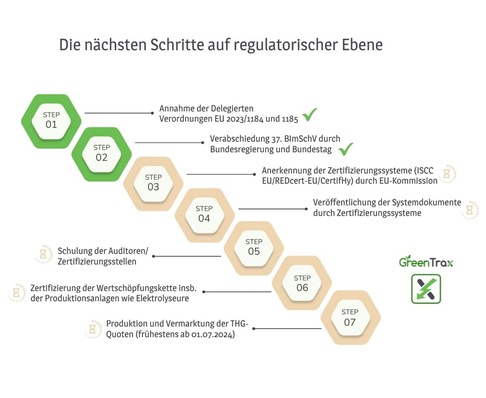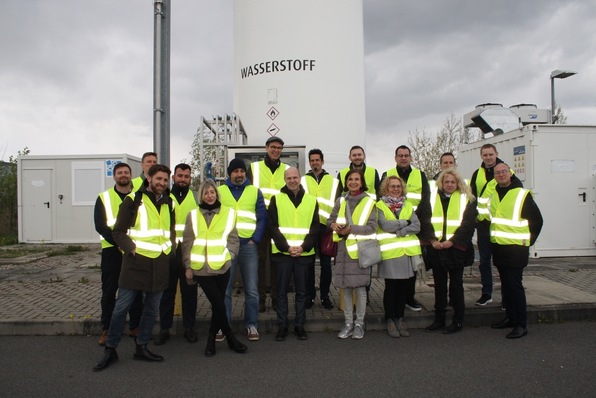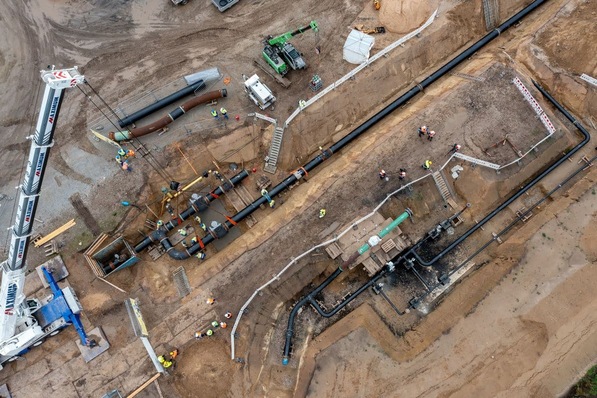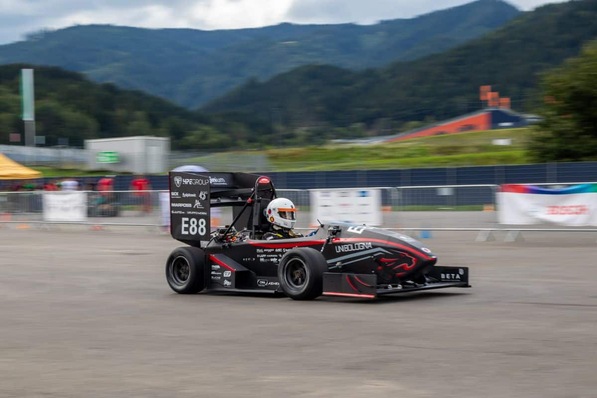An extensive electricity supply network has been in existence since the 1920s. The first true power plant was the Niagara hydroelectric power plant in North America which was constructed in 1895 by Nikola Tesla and used to supply the city of Buffalo on Lake Erie. The venture was so successful that soon more electrical energy was needed. At the time, this increasing demand could only be satisfied by fossil fuels such as coal, which is why James Watt’s piston steam engine and later the modern steam turbine came into use – then as thermal power plants. And not to mention the subsequent nuclear steam power plants that came about, working on the basis of Einstein’s mass-energy equivalence. Nowadays, over 80 percent of electrical energy around the world is generated in thermal power plants, with the power requirement in Germany alone amounting to 600 terawatt-hours a year. Annual global electricity consumption is currently estimated to be around 20,000 terawatt-hours.
Cascade control
The electrical energy supply system is a controlled system that at any given time produces exactly the right amount of power to meet demand. This has led, starting from the Watt steam engine, to a cascaded control system in which the generated power has to be provided via various transformers and from a range of energy stores for different time periods:
1. Momentary reserve, immediate power provision, rotating masses (inertial reserve, inherent store, no active control necessary)
2. Primary control, frequency control, steam store (frequency containment reserves – FCR)
3. Secondary control, power/frequency control, coal store (automatic frequency restoration reserves – aFRR)
4. Tertiary control, relief for primary and secondary control, coal store (manual frequency restoration reserves – mFRR)
This cascade control is described in the ENTSO-E handbook as Policy 1: Load-Frequency Control and Performance. Due to these historical requirements, it is unimportant which of these generators is used supply electrical power provided that the above grid control obligations are met. If that fails to happen, then the system becomes unstable – a situation which can lead to a blackout.
Author: Prof. Harald Weber, University of Rostock


